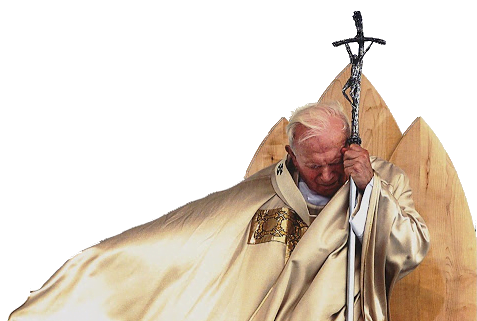
“Padre Pio” 1887-1968
St. Padre Pio was born Francesco Forgione, on May 25, 1887, in Pietrelcina, Italy. His parents were peasant farmers. He had an older brother and three younger sisters, as well as two other siblings who died in infancy. As a child, he was very religious and by the age of five he reportedly made the decision to dedicate his life to God.
Francisco had a peculiar ability to be able to see guardian angels and he spoke frequently with Jesus and the Virgin Mary. He assumed other people could see them too.
Although Francisco and his family were very religious, they were also very poor, which required that he work. He spent many years as a child tending to a small flock of sheep owned by his family. Unfortunately, the work meant he was unable to attend school regularly, so he quickly fell behind other kids his age.
Francisco also was sickly as a child. He suffered an attack of gastroenteritis at age six and when he was ten, he had typhoid fever.
In 1897, after three years of schooling, Francisco expressed to his parents that he wanted to become a friar. His parents traveled to a nearby community of monks and asked if Francesco could join them. He was evaluated, despite his young age, and was told that he needed more education before he could join.
To prepare Francesco, his parents hired a private tutor. To pay the cost, Francesco’s father traveled to America to find work and sent the money home.
At the age of 15, Francisco was finally ready, and he entered the novitiate of the Capuchin friars at Morcone. He took the name of “Pio” in honor of Pope Pius I, whose relic he often saw at his local chapel.
At the age of 17, Brother Pio became extremely ill to the point he could only digest milk and cheese. He was sent to the mountains for better air, and when this did not work, he was sent home to his family. Amid this, he continued to study for the priesthood.
On one occasion during prayer, a fellow monk astonishingly reported that he saw Pio levitate during an episode of ecstasy.
Brother Pio became a priest in 1910 but was permitted to remain at home because of his poor health.
Padre Pio was summoned for military service in 1912. He was compelled to leave a tiny community of monks, with whom he was then housed, and was drafted into medical service. However, he was so sickly that he was often sent home, only to then be recalled for service. In March 1916, he was finally dismissed because of his poor health.
On September 20, 1916 Padre Pio was hearing confessions when he felt pain in his hands and feet. He noticed the stigmata, the wounds of Christ, appearing on his hands and feet. The experience was painful. Bleeding occurred. The wounds smelled of roses, and although they continued to weep, they never became infected.
By 1919, word began to spread about Padre Pio’s stigmata and people came from far away to examine him. Padre Pio became popular with the people he encountered who soon began to attribute supernatural occurrences to him. For example, he was said to be able to levitate, he could bi-locate (be two places simultaneously) and was able to perform other miracles.
His popularity became a source of concern for the Church and the Vatican began to restrict his activities to minimize public interaction. Padre Pio himself was uncomfortable with his newfound popularity and the attention he received because of his stigmata. A Church investigation into his stigmata concluded that his condition was not faked. By 1934, the Vatican began to change its attitude towards Padre Pio, and he was again allowed to perform public duties.
A widely reported event occurred near the end of World War II. The 464th Bomb Group of the 15th Air Force was conducting bombing runs in the area of San Giovani Rotundo when multiple airmen, including General Nathan Twining, witnessed a monk flying in their formation, waving his arms. Miraculously, their planes changed course without intervention from the pilots and their bombs dropped harmlessly into open fields.
Among these airmen was a curious young man serving in the U.S. Army Air Corps in Italy. He went to meet Padre Pio and immediately recognized him as the flying monk. He was fascinated by the simple Friar, and with a few friends made several more trips to visit Padre Pio. The young man later related that Padre Pio loved to smoke and loved having the Americans visit him because American cigarettes “were the best.” After the War, the young man returned to the United States, married, and had four children. This man was my father, John W. Rees.
Another famous visitor, in 1947, was Fr. Karol Wojtyla. Padre Pio prophetically told him he would rise to the highest post in the Church. Fr. Karol Wojtyla later became Pope John Paul II in 1978.
Padre Pio became internationally famous. He was known for his piety, charity, and the quality of his preaching. He famously advised, “Pray, hope and don’t worry.”
Padre Pio died on September 23, 1968. His funeral was attended by over 100,000 people.
Pope John Paul II canonized St. Pius of Pietrelcina (Padre Pio) on June 16, 2002. His feast day is September 23. He is the patron of civil defense volunteers, adolescents, and the village of Pietrelcina.
May God Bless You and Grant You His Peace!

